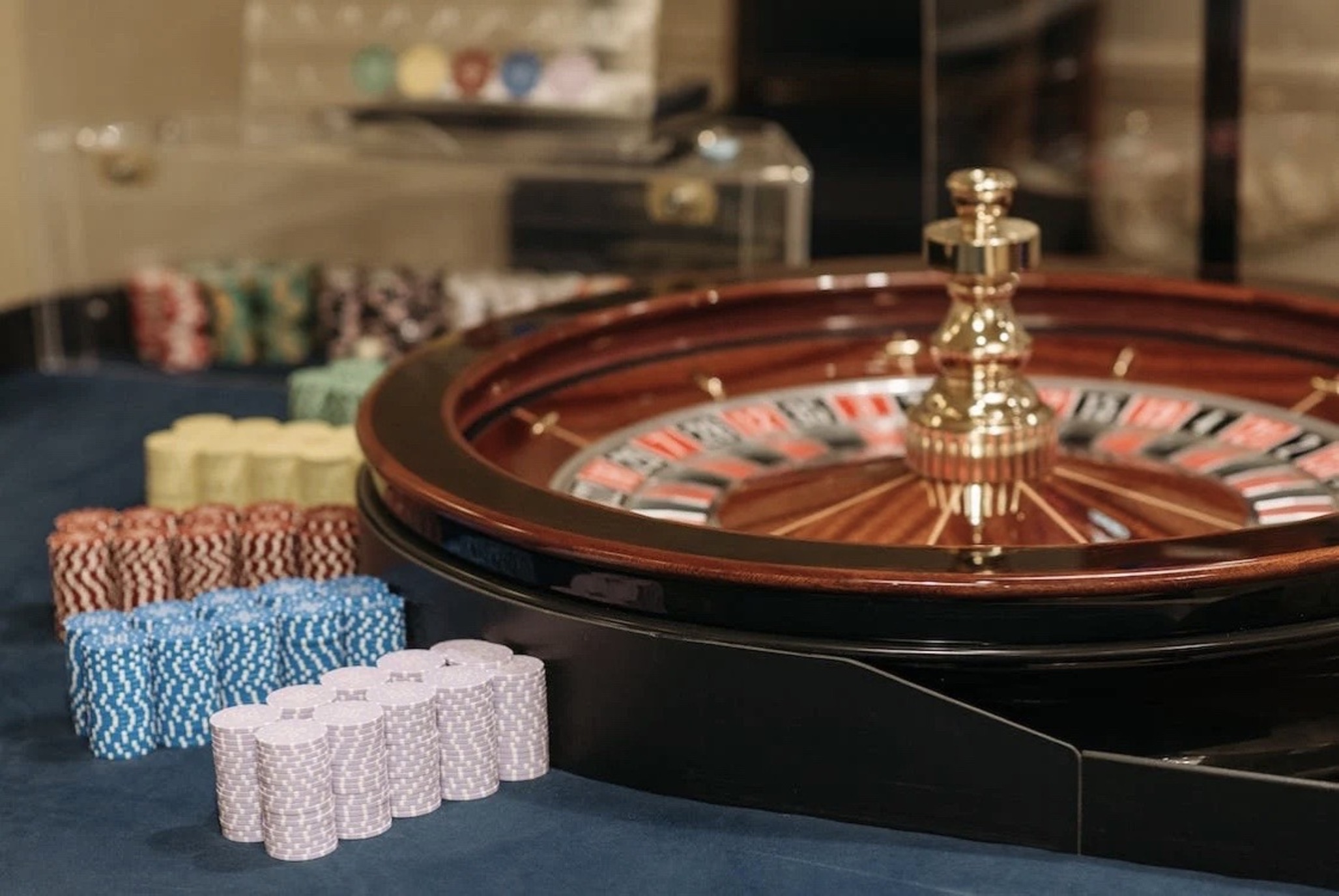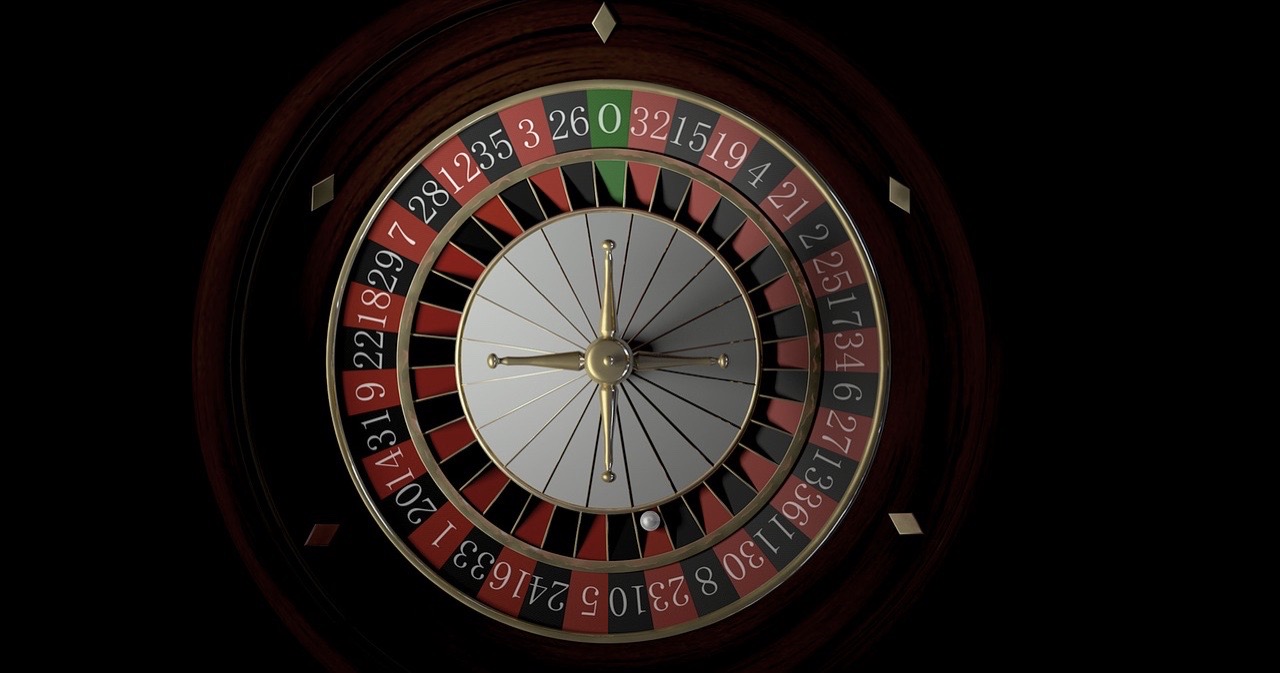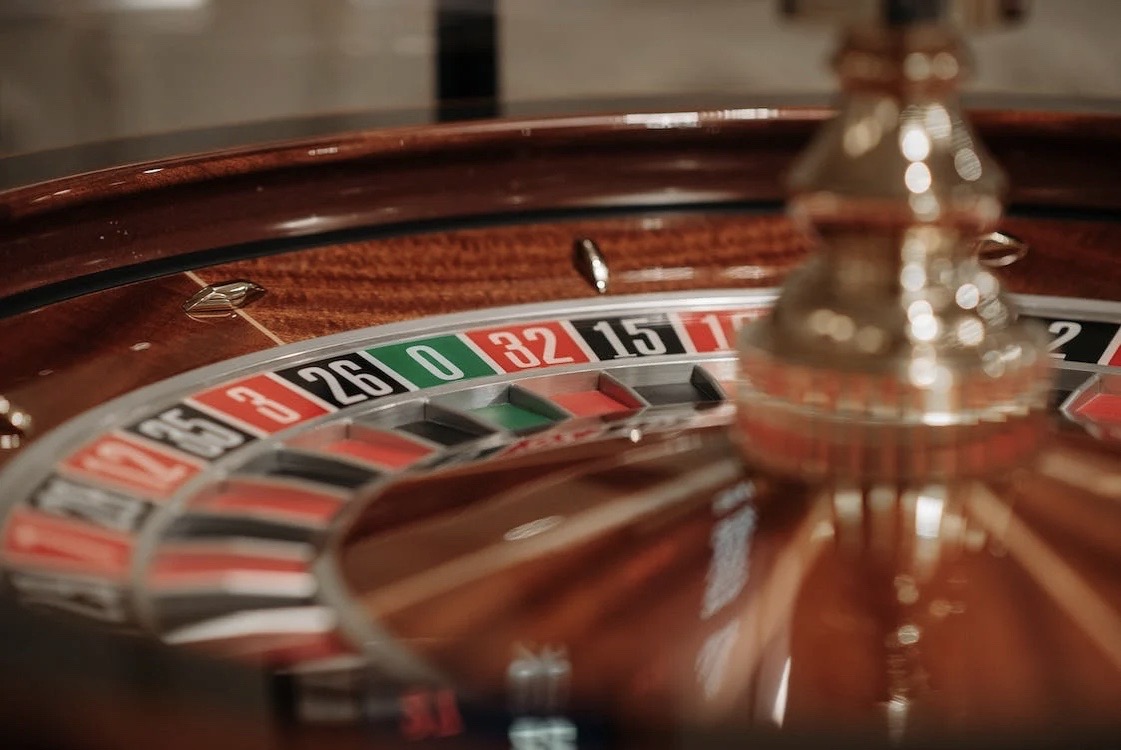History of the Roulette Wheel
Blaise Pascal, a French mathematician and inventor, is credited with creating the roulette wheel during the 17th century. Originally, the game featured a wheel containing 36 numbered pockets and a solitary zero. In the 19th century, the game was introduced to the United States, where the double zero was added to the wheel, creating the American roulette wheel. In Europe, the single zero roulette wheel remained the standard.
Today, the roulette wheel is a staple in casinos worldwide. It has undergone several changes and improvements over the years, but the basic design remains the same. The roulette wheel is made up of numbered slots, and a small ball is spun around the wheel until it lands in one of the slots. The number on the slot where the ball lands is the winning number.
Basic Rules of the Roulette Table
The roulette table is where the game is played. It consists of a wheel, a ball, and a betting area. To play the game, players place their bets on the betting area and wait for the ball to land in one of the numbered slots. The basic rules of the game are simple. Players place their bets on a number or a group of numbers, and if the ball lands on one of the numbers, they win.
On the roulette table, there exists a variety of bet types that players can place. The most common bets are the inside bets, which are bets placed on individual numbers or small groups of numbers. The outside bets are bets placed on larger groups of numbers, such as red or black, odd or even, or high or low.
Understanding the Numbers on the Roulette Wheel
The roulette wheel is divided into numbered slots, with each slot being either red or black. The numbers on the wheel range from 0 to 36, with the American roulette wheel having an additional double zero. The numbers on the wheel are arranged in a specific order, and they are not placed in numerical order.
The numbers on the roulette wheel are evenly distributed, with each number having an equal chance of being hit. The single zero and double zero slots are usually green, while the remaining slots are either red or black. The numbers on the wheel are also grouped into odd and even numbers, and high and low numbers.

Types of Roulette Wheels – American vs. European
Two primary variations of roulette wheels exist – the American and European types. The American roulette wheel has 38 numbered slots, with the addition of the double zero. The European roulette wheel has 37 numbered slots, with only a single zero.
The addition of the double zero on the American roulette wheel increases the house edge, making it less favorable for players. The European roulette wheel has a lower house edge, making it a better option for players who want to maximize their chances of winning.
Guide on Placing Bets on the Roulette Table
Placing bets on the roulette table is a simple process.
- Players place their chips on the betting area.
- The dealer spins the wheel.
- Once the ball lands on a number, the dealer will pay out any winning bets.
- Several types of bets can be placed on the roulette table.
- The most common bets are the inside bets, including:
- Straight up
- Split
- Street
- Corner
- Six-line
- The outside bets include:
- Red or black
- Odd or even
- High or low
- Dozens
- Colums
Common Roulette Betting Strategies
There are several betting strategies that players use when playing roulette. One of the most popular strategies is the Martingale system, which involves doubling your bet after every loss until you win. Another popular strategy is the Fibonacci system, which is based on the Fibonacci sequence and involves increasing your bet after every loss.
Other popular betting strategies include the D’Alembert system, the Labouchere system, and the Paroli system. However, it is important to remember that there is no guaranteed way to win at roulette, and these strategies should be used with caution.

Tips for Playing Roulette
When playing roulette, there are several tips that can help you increase your chances of winning. One of the most important tips is to play the European roulette wheel, as it has a lower house edge. Another tip is to set a budget and stick to it, as roulette can be a fast-paced game that can quickly eat up your bankroll.
It is also important to understand the odds of each type of bet and to choose your bets wisely. Avoid making risky bets that have a low chance of winning, and focus on bets that have a higher probability of winning.
Etiquette at the Roulette Table
When playing roulette, it is important to follow proper etiquette. This includes being respectful to the dealer and other players, and not touching your chips after the dealer has announced that no more bets can be placed.
It is also important to know when to place your bets and when to wait. Wait until the dealer has cleared the table before placing your bets, and do not place your chips on the table after the dealer has called for no more bets.
Online Roulette vs. Live Roulette
Online roulette and live roulette are two different ways to play the game. Online roulette is played through a computer program, while live roulette is played with a live dealer. Both options have their advantages and disadvantages.
Online roulette is convenient and can be played from anywhere at any time. It also offers a wider variety of games and betting options. Live roulette, on the other hand, offers a more authentic casino experience and allows players to interact with the dealer and other players.

















